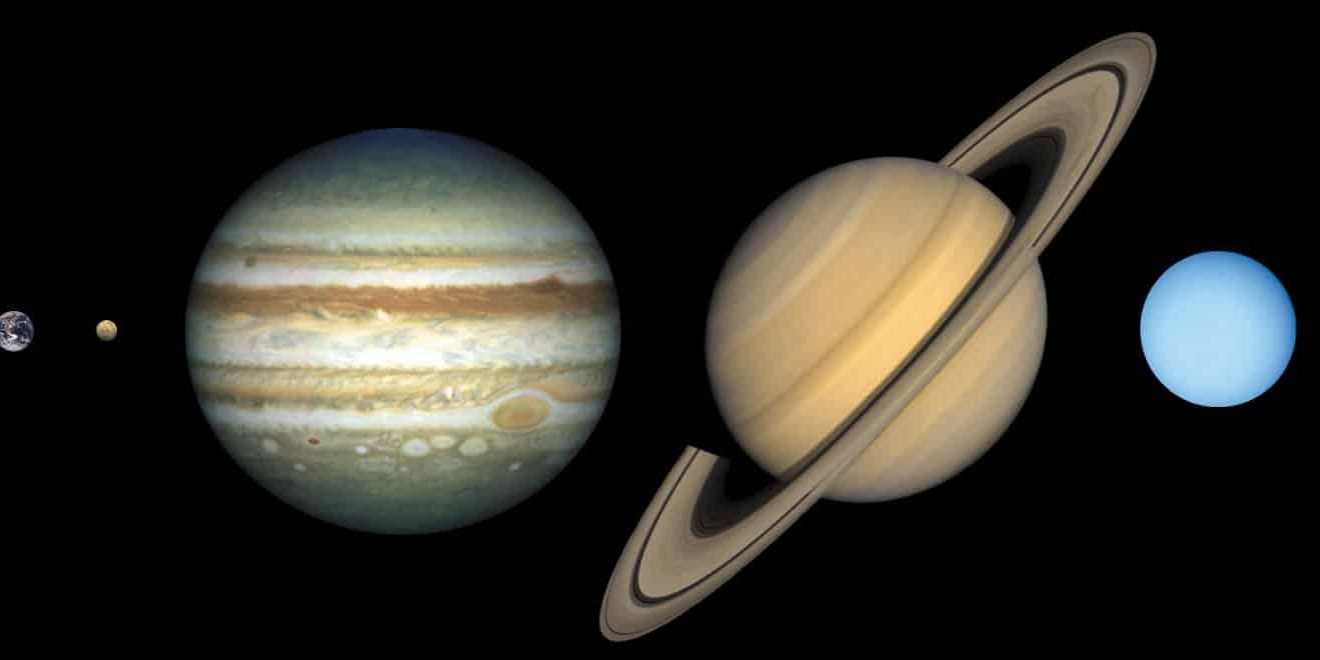Mercury:
- Your weight on Mercury would be 38% of your weight on Earth.
- Mercury is the second densest planet. Earth is the only one with a higher density.
- Mercury has a molten core, unlike other inner planets.
- Mercury has the most craters of any planet, and the Caloris Basin is the largest impact crater on Mercury covering approximately 1,550 km in diameter.
- Although it is closer to the sun, Mercury is still the second hottest planet.
Venus:
- A day on Venus is longer than a year, and it’s the longest rotation of any planet in the Solar System
- Venus is the only planet that spins clockwise on its axis.
- Venus is actually upside down! This must have happened due to a collision early in its life, and it’s why Venus spins clockwise.
- Venus is the second brightest natural object after the Moon in the night sky.
- Venus has 90 times the atmospheric pressure of Earth; that is the same pressure at a depth of 1 kilometre in Earth’s oceans.
Earth:
- Earth bulges at its diameter at about 0.3% longer, due to rotation.
- Earth’s molten iron core creates a magnetic field
- Earth’s atmosphere extends to a distance of 10,000
- There are 2 additional asteroids locked into a co-orbital orbit with Earth called 3753 Cruithne and 2002 AA29
- Earth has tectonic plates that are always on the move and they provide a sort of land on the magma
Mars:
- Mars’s gravity is 38% of Earth’s
- Mars’s atmosphere is mostly carbon dioxide and only traces of nitrogen and argon.
- Mars has 2 moons called Phobos and Deimos.
- Mars has the tallest volcano known on a planet in a solar system Olympus Mons, which is 16 miles high.
- Mars has methane in its atmosphere, a sign of biological activity.
Jupiter:
- Many astronomers call Jupiter a failed star though it would need 70 times its current mass to ignite a nuclear fusion process and become a star.
- Jupiter is the fastest spinning planet in the Solar System, regardless of being the largest
- The surface clouds on Jupiter are just 50 kilometres thick.
- Jupiter has 67 moons, Ganymede is the largest.
- Jupiter has a faint ring system around it, made from comets and asteroids, and dust particles.
Saturn:
- Saturn is the most distant planet to be seen with the naked eye from Earth.
- Saturn is mostly made of hydrogen, and it gets denser farther into the planet.
- Saturn has the most extensive rings in the solar system that stretch out more than 127,000 km from the planet
- Saturn has the most moons of any planet in the solar system.
- Saturn is the least dense planet in the solar system, and it is actually less dense than water, meaning it would float in a pool of water!
Uranus:
- Known as the “sideways planet” because it rotates on its side, most likely due to a collision early in its life.
- Coldest planet in the solar system, as its core no longer radiates much energy.
- Uranus is the second least dense planet in the solar system.
- Uranus has only been visited once ever by NASA’s Voyager 2 in a high-speed flyby.
- Uranus orbits around the Sun fully every 84 Earth years!
Neptune:
- Neptune has the strongest winds in the solar system, reaching 2,100 kph.
- Neptune’s largest moon Triton orbits Neptune backwards compared to its other moons.
- Neptune is the smallest of the gas giant planets, though despite being smaller than Uranus, it has a greater mass.
- Neso is Neptune’s most outer moon, and it orbits the planet much further than any other moon in the solar system.
- Since Neptune’s discovery in 1846, it completed its first orbit in 2011, as it orbits the Sun every 165 Earth years!
Bibliography
1815. “10 Interesting Facts About Mars.” Universe Today, 4 Apr. 2016,
www.universetoday.com/14853/interesting-facts-about-planet-mars.
Choi, Charles. “Planet Mercury: Facts About the Planet Closest to the Sun.” Space.Com, 14 Oct. 2017,
www.space.com/36-mercury-the-suns-closest-planetary-neighbor.html.
Mars.Nasa.Gov. “Mars Facts.” NASA’s Mars Exploration Program,
mars.nasa.gov/all-about-mars/facts Accessed 13 May 2021.
Matt Williams “Ten Interesting Facts About Uranus.” Universe Today, 12 Jan.
2016, www.universetoday.com/19279/10-interesting-facts-about-uranus.
Pappas, Stephanie. “50 Interesting Facts About Earth.” Livescience.Com, 23 Mar. 2016, www.livescience.com/19102-amazing-facts-earth.html.
Space Facts “Saturn Facts 🪐 – Interesting Facts about Planet Saturn.” Space Facts, 25 Feb. 2021, space-facts.com/saturn.
Space Facts. “Jupiter Facts – Interesting Facts about Planet Jupiter.” Space Facts, 24 Apr. 2020, space-facts.com/jupiter.
Space Facts. “Neptune Facts – Interesting Facts about Planet Neptune.” Space Facts, 8 Oct. 2020, space-facts.com/neptune.
Space Facts. “Uranus Facts – Interesting Facts about Planet Uranus.” Space Facts, 8 Oct. 2020, space-facts.com/uranus.
ThePlanets.org. “Jupiter Facts: Interesting Facts about Planet Jupiter •.” The Planets, 14 Aug. 2017, theplanets.org/jupiter.

